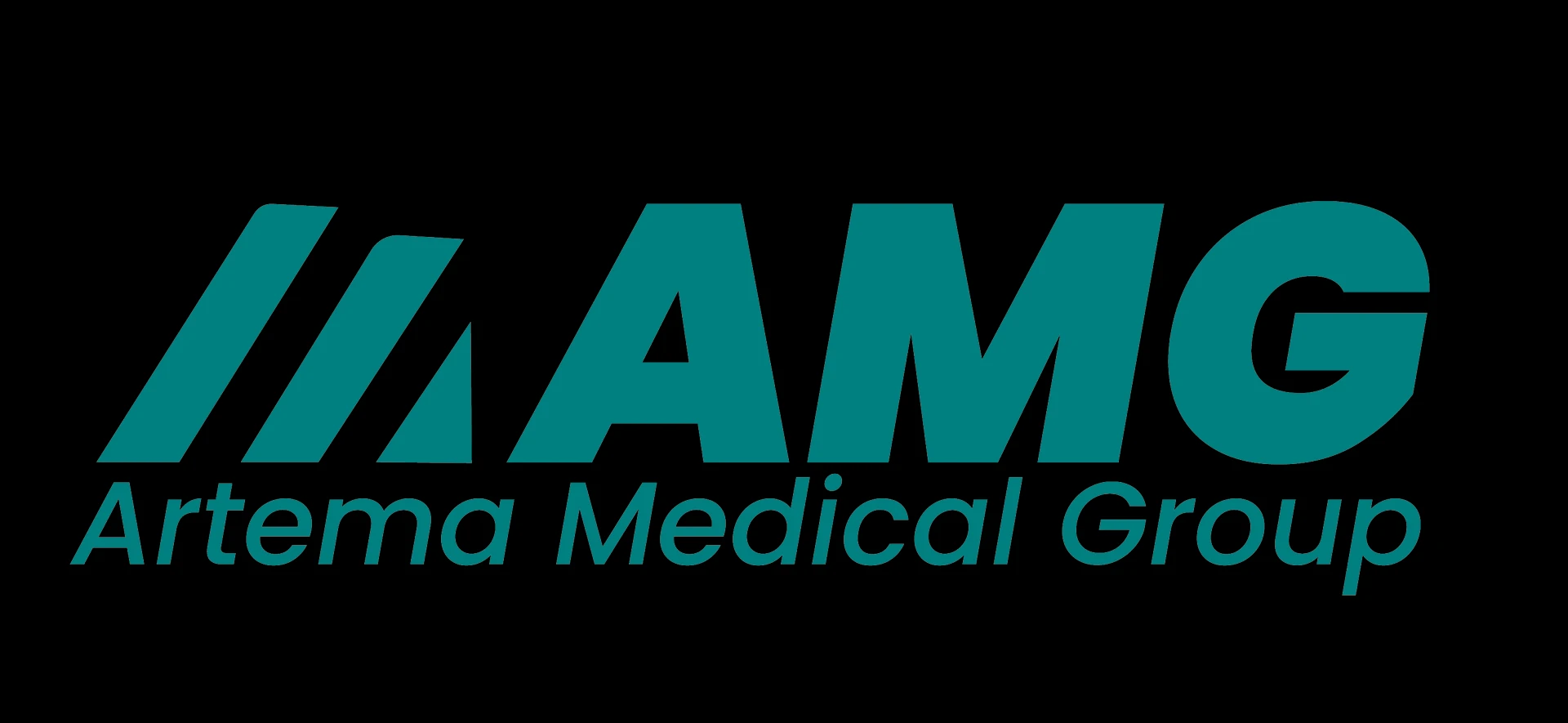Trocars are essential instruments in modern minimally invasive surgery, offering numerous benefits such as reduced recovery times and minimized patient trauma. However, their use comes with several challenges that can impact surgical outcomes and patient safety. This article explores the key challenges associated with trocars, trocar cannulas, and trocar catheters, and provides insights into addressing these issues effectively.
Understanding the Challenges of Trocars
1. Risk of Injury
One of the primary challenges of using trocars is the risk of injury to surrounding tissues. The sharp, pointed design of the trocar can potentially cause damage to internal organs or blood vessels if not used carefully. This risk is particularly concerning during complex procedures where precision is crucial.
Mitigation Strategies
To minimize the risk of injury, surgeons should:
- Utilize Ultrasound Guidance: Employing imaging techniques such as ultrasound can help in accurately locating and avoiding critical structures.
- Opt for Blunt Trocars: Using blunt-tipped trocars can reduce the likelihood of accidental damage.
- Train and Practice: Ensuring that surgical teams are well-trained in trocar use can improve accuracy and reduce complications.
2. Inadequate Visualization
Trocars can sometimes lead to inadequate visualization of the surgical field, particularly if the optical system (in the case of optical trocars) is not functioning correctly. Poor visualization can hinder the surgeon\'s ability to perform precise maneuvers and make informed decisions during the procedure.
Mitigation Strategies
To address visualization challenges:
- Regular Maintenance: Ensure that optical components of trocars are regularly inspected and maintained to ensure optimal performance.
- Use Supplementary Imaging: Incorporate additional imaging tools, such as endoscopes or cameras, to enhance visibility during surgery.
3. Cannula Displacement
Trocar cannulas are designed to remain stable during surgery, but displacement can occur, particularly if the cannula is not securely positioned. This can lead to difficulties in instrument maneuverability and potential procedural complications.
Mitigation Strategies
To prevent cannula displacement:
- Secure Cannulas Properly: Ensure that cannulas are firmly anchored and positioned correctly before proceeding with the insertion of other instruments.
- Monitor During Surgery: Continuously monitor the position of the cannula throughout the procedure and make adjustments as needed.
4. Infection Risks
Despite the smaller incisions made with trocars, there is still a risk of infection at the site of insertion. This is particularly relevant in procedures that involve prolonged use of the trocar or those performed in less sterile environments.
Mitigation Strategies
To reduce infection risks:
- Follow Sterile Techniques: Adhere to strict sterile protocols to minimize the risk of contamination.
- Use Disposable Trocars: Opt for single-use, disposable trocars when possible to reduce the risk of infection.
- Proper Wound Care: Ensure that post-operative care includes thorough cleaning and monitoring of the incision sites.
5. Difficulty in Accessing Certain Areas
Some surgical procedures may involve areas that are challenging to access with standard trocars. This difficulty can complicate the procedure and potentially increase the time required to complete it.
Mitigation Strategies
To overcome access difficulties:
- Select Appropriate Trocars: Choose trocars specifically designed for challenging access points, such as those with angled or specialized tips.
- Innovative Techniques: Employ advanced techniques and tools, such as robotic-assisted surgery, to enhance access and maneuverability.
Advancements in Trocar Technology
Robotic Integration
Recent advancements include the integration of trocars with robotic systems, which can enhance precision and control. Robotic assistance can help address many of the challenges associated with traditional trocars, such as improving visualization and reducing the risk of injury.
Improved Materials
New materials and designs are being developed to enhance the functionality and safety of trocars. Innovations such as flexible or adaptive trocars aim to address issues related to access and visualization.
Conclusion
Trocars are indispensable tools in minimally invasive surgery, but they come with inherent challenges. From risks of injury and inadequate visualization to infection risks and access difficulties, addressing these challenges requires a combination of advanced technology, proper training, and adherence to best practices. By understanding and mitigating these challenges, surgical teams can improve outcomes and enhance patient safety. For more detail visit our website Artema medical.


